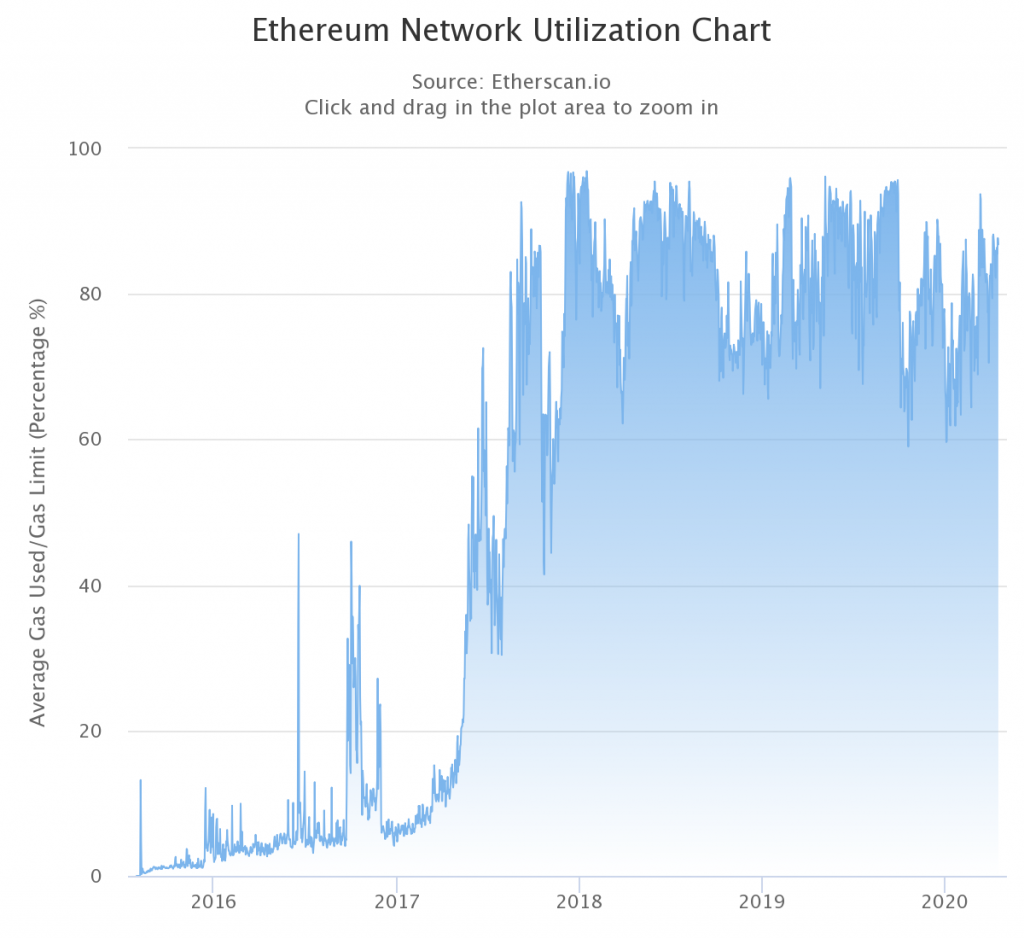For major cryptocurrencies in the market, the only way to overthrow the dominance of traditional payment methods and fiat currencies as a medium of exchange is to implement better scalability solutions. For the world’s largest cryptocurrency, Bitcoin, the trade-offs are immense if it were to see its transaction-per-second on the network increase. Ethereum, on the other hand, seems to be in a much better place in this regard, with a lot of development work going on already in its ecosystem.
On the latest episode of the Blockcrunch podcast, Kevin Ho from Optimism commented on the present state of the Ethereum Network’s scalability options and how Optimistic Rollups can help Ethereum. He noted that the key idea behind Optimistic Rollups revolves around adding transaction data on-chain but moving computation off-chain. With this implementation, Ho pointed out that the biggest shift involves,
“The big shifts in optimistic Rollups comes as a sort of combination of the realized limitations and complexity of supporting these off-chain data along with the fact that they can’t support general solidity smart contracts, and realizing that putting all data on-chain actually isn’t that big of a limiting factor.”

Source: Etherscan
Data from Etherscan shows that there has been a slight dip in network utilization on Ethereum, when compared to the previous year. The 2019/20 State of Adoption report published recently had pointed out that for Ethereum, scalability continues to be a pressing issue and the implementation of Ethereum 2.0 will need to address the same.
With regard to Ethereum’s ongoing scalability debate and how it can bring in greater adoption and interest, Ho pointed out how the implementation of Optimistic Rollups would take place on the network and bring down transaction costs. He added, ”
“Imagine a world in which Ethereum is layer one Optimistic Rollup is layer two. And you know, state channels and plasma exist as a third layer on top of optimistic Rollups. You can process all the smart contracts that you need to use and interact with but if you want to get even cheaper transaction fees for specific use cases, like sending lots of transactions, then you can open up a channel or you can join Plasma.”
